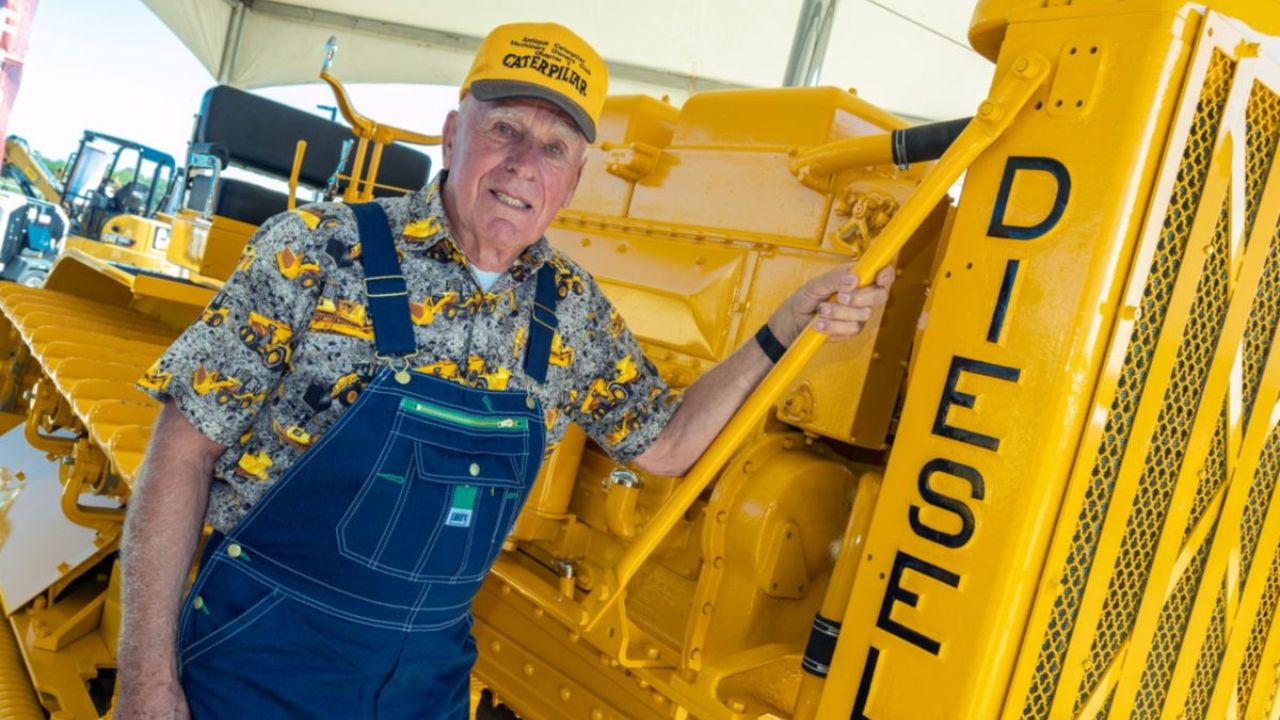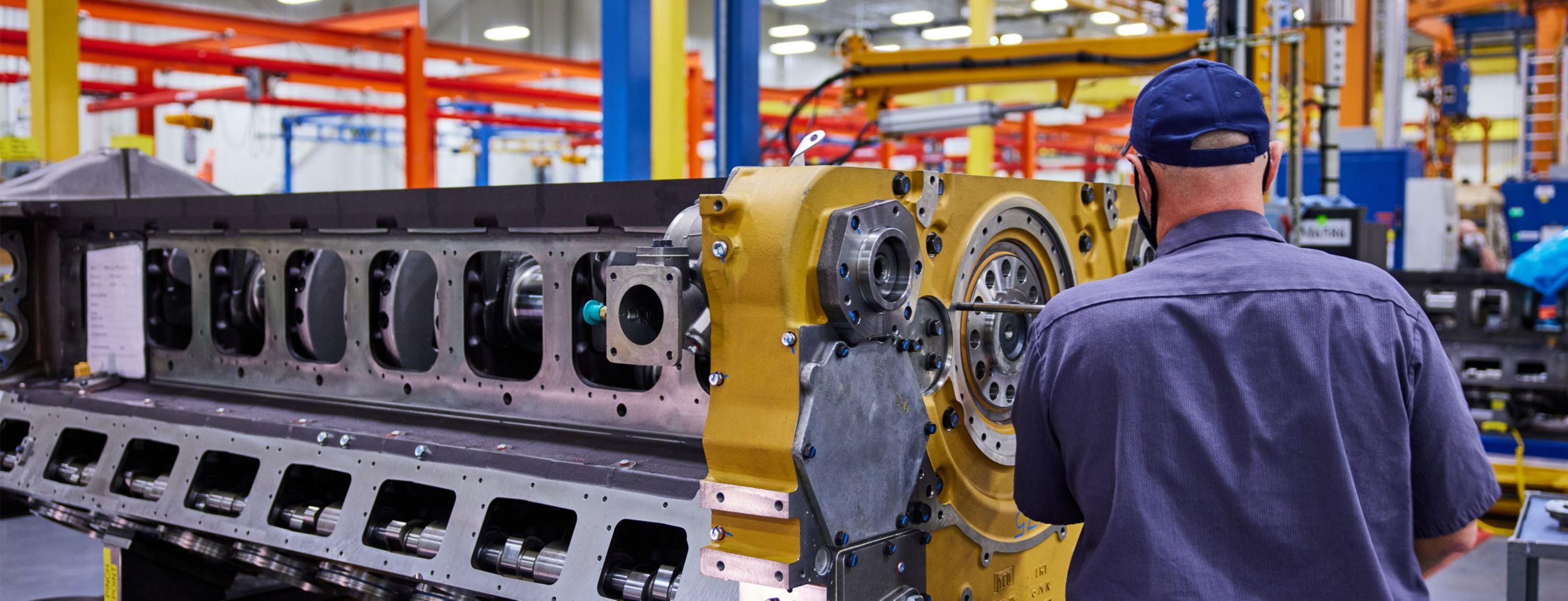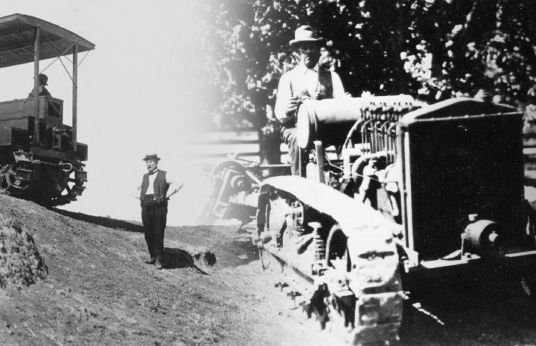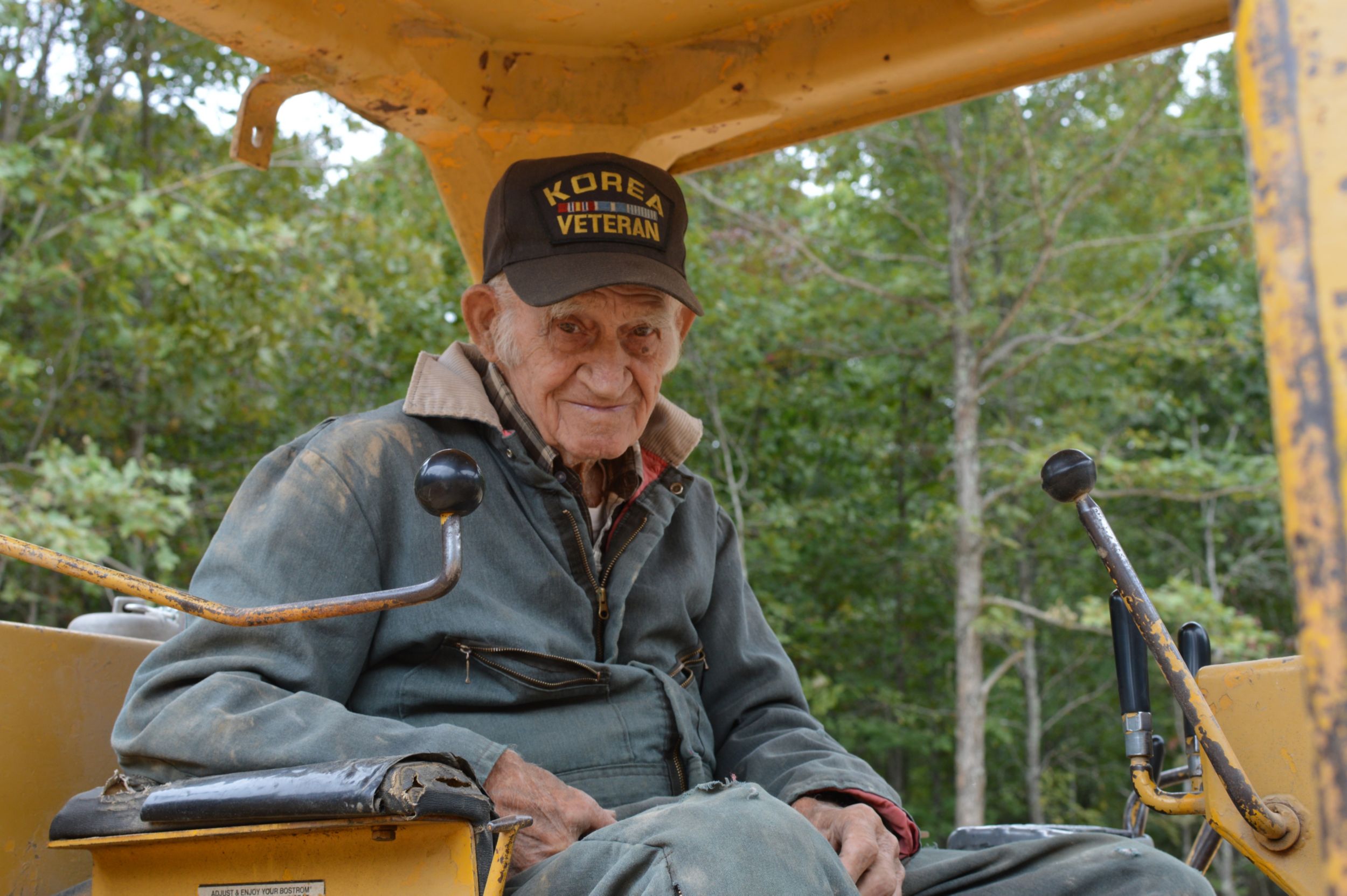1944

November 1944
Operation Infatuate II
The landing of the Allies at Westkapelle to open the port of Antwerp
If you already have an existing account with another Cat App, you can use the same account to sign in here
One Account. All of Cat.
Your Caterpillar account is the single account you use to log in to select services and applications we offer. Shop for parts and machines online, manage your fleet, go mobile, and more.
Account Information
Site Settings
Security
The extroardinary story behind the restoration of a rare Cat D6A.
The family’s history of dozer restoration goes all the way back to the Netherlands in 1945, right after the end of WWII. Eager for a new start, Wim de Braal learned from his friend and future business partner, Johannes Nieuwenhuijse, about two American bulldozers partially buried on the beach of Westkapelle.
Wim and Johannes secured the paperwork to buy the dozers. They began the challenging work of recovery, which could only be done during low tide, working only a few hours each day.
Christiaan and Jan with the partly restored Cat D6a. Willem de Braal (oldest grandson of Wim) and Kees Traas (Director of the museum) with the fully restored Cat D4 in the Bevrijdings Museum, Zeeland.
November 1944
Operation Infatuate II
The landing of the Allies at Westkapelle to open the port of Antwerp
June 1946
Red Beach Westkapelle
Recovery of the two D6 dozers could only be done at low tide for two hours a day
July 1948
Underneath a dyke
A third D6 was recovered within a 48-hour time frame
February 1953
North Sea Flood Disaster
A devastating flood that killed 1,853 people and covered 20% of the Netherlands
1953
The dozers survived
Once again, the Cat dozers were recovered from the sea and put back to work
It was only after they cleared the machines from the beach that they learned what they had - two D6a dozers made by Caterpillar®, a then-unknown company in the Netherlands. Despite being submerged and stuck for over a year, with scarce parts, the two managed to get both dozers running in just a few weeks, marking the start of their new company.
Three years later, Wim recovered a third D6 dozer that was buried under 12 meters of sand at the bottom of a bomb crater in a dyke. He managed to get permission to open the dyke, but only for 48 hours. Despite the time crunch, they successfully recovered the machine and returned it to working order quickly.
Over the next seven years, the D6s proved to be reliable workhorses, allowing the business to flourish. However, disaster struck on February 1, 1953, when Zeeland was hit by the North Sea flood, which submerged the area to a height of over five meters and resulted in the loss of 1,853 lives. Once again, the Cat® D6s were taken by the sea. But they were reclaimed and put to work once more and were eventually traded in the mid-1960s.
Fast forward to 2016, when Wim's son, Jan, and grandson, Christiaan, were asked to assist with the restoration of a Cat D4 for the Bevrijdings Museum Zeeland, the local war museum. While working on this project, they decided to find and restore an original D6a in honor of Wim and as a tribute to the makers of these remarkable machines.
During their research on the D6a (the 'a' referred to armored versions) they discovered that only 45 of these machines were built, and few survived. The dozers had been used in the invasion of Europe to clear the way for the Sherman tanks that followed out of the landing craft.
Through their extensive network of professional Caterpillar contacts, Jan and Christiaan connected with a machine trader who offered a 1943 Cat D6. With the serial number 1T03038, it was the 38th armored Cat D6a ever produced. Their long search had finally come to fruition.
Utilizing a network that included the Antique Caterpillar Machinery Owners Club (ACMOC) and Caterpillar Inc, the father-son duo managed to acquire army drawings of the armor plates. However, after initially creating the panels in wood, they found that the measurements had been intentionally altered for security reasons.
Around this time, John Gaunt from the Antique Caterpillar Machinery Owners Club called to say he was in the UK and had discovered another D6a. A quick trip across the Channel confirmed it had the serial number 1T03045, making it the last Cat D6a ever produced. More importantly, despite its poor condition, most of its panels were still attached. This machine became the donor for their project back in Zeeland.
Six years later, the D6a is now 75% complete, with only the cab interior, cabin visors, controls, and dash panel left to finish.
"We have to have fun working on this, so we don't set targets. But we hope to have it completed by the end of 2026," Jan explained. "We must finish this project because this is how our story started."
Read our Q&A with six Caterpillar collectors to learn how they have started their collections of antique Caterpillar machinery, equipment models and collectibles.
Read more Brand LoyaltyWant to know what makes Cat® Reman parts unlike other products on the market? Join members of the Caterpillar team as they detail the ingredients — the affordability, availability and sustainability benefits — that make up the secret sauce of Cat Reman.
SEE WHAT IT’S MADE OFBenjamin Holt and C.L. Best changed the industry over 100 years ago – first as competitors, and then as the founders of Caterpillar. Their passion for customers and innovation lives on today.
Learn MoreKenny Nichols, long-time dozer operator and Cat equipment owner, has dedicated his life to doing the work he loves. With 84 years and 110,000 hours behind the controls, he may be the most experienced dozer operator around.
Learn More









